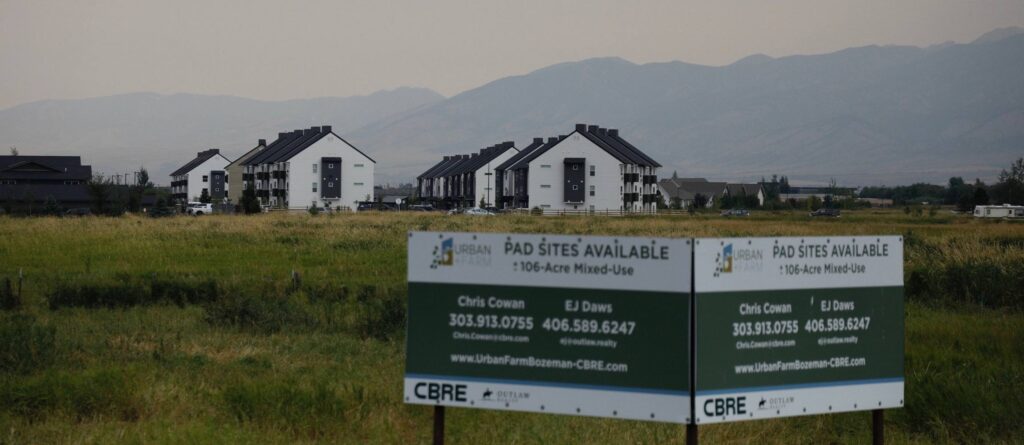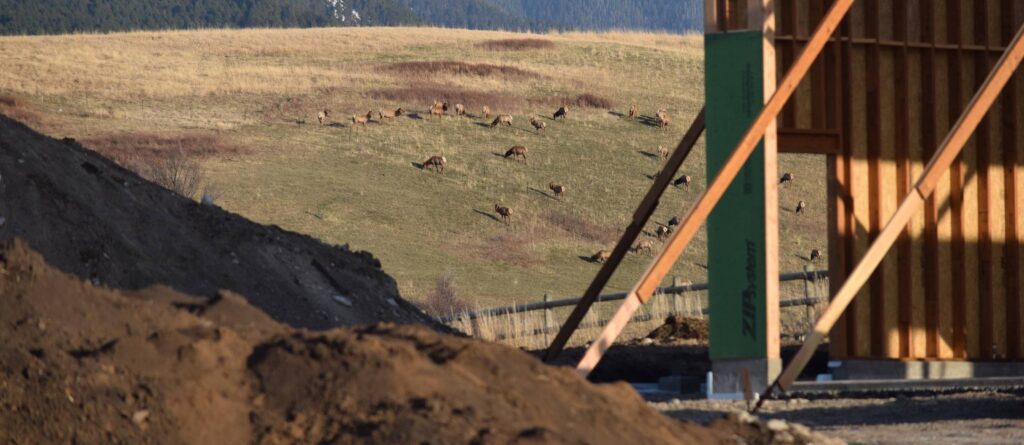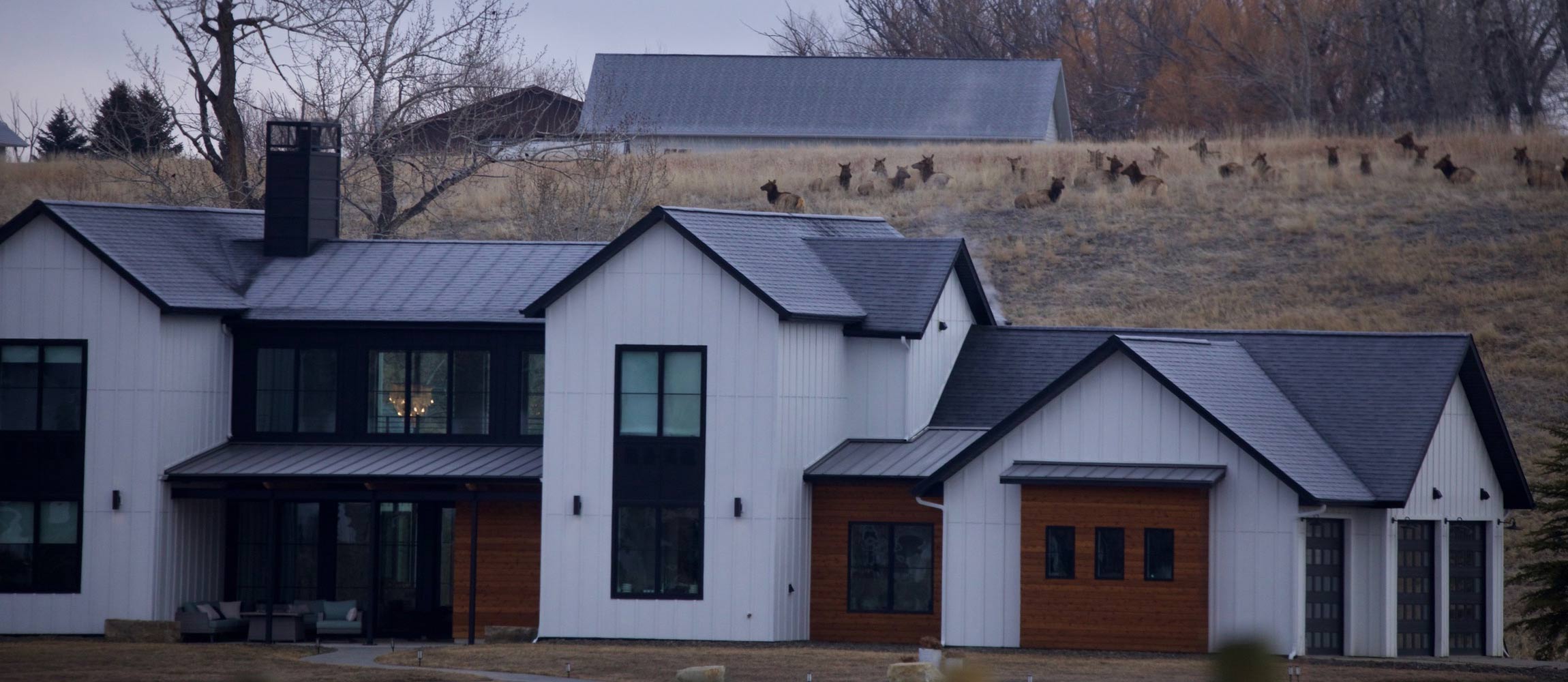
The author of our study, Leon Kolankiewicz, has pretty much “seen it all” after four decades doing professional environmental assessments all over the country. But the intensity of human interest in wild animals in Yellowstone impressed even him
“Charismatic megafauna” like grizzly bears and bison provide something essential to “people in our contemporary, overpopulated world with so little left that is truly wild,” Leon says. Near one female grizzly with a “history,” he reports, “A full-fledged ‘bear jam’ was underway, as eager park visitors lined up on the roadside – armed not with guns but with lenses hoping for a glimpse . . . as if she were Taylor Swift.”
The relationship between humans and the unique array of large mammals in Yellowstone — like no other place in the world — connects with something “primordial” that goes back “tens of thousands of years, and we all feel its pull,” Leon says.
“The Greater Yellowstone Ecosystem preserves and honors this ancient bond, and that is one of the reasons we must save it.” [Read Leon’s personal report.]
Most Americans share Leon’s sense of responsibility to protect this wildlife, not only for its own sake and for America, but for the entire human race, according to a poll commissioned for this study.
Millions of people around the world make the trek to connect with this wildlife wonderland that some call the “American Serengeti.”
The habitat in Yellowstone and Grand Teton National Parks — the heart of the Greater Yellowstone Ecosystem — is protected. But many of the big animals require room to roam far beyond the limits of the parks themselves, including on private lands that are like the circulatory system of the habitat. As those private lands become fragmented and the arteries congested through development to handle rapid population growth, the “heart” itself is at risk of failing.
This generation has choices to make about whether future generations can continue to encounter the primordial migrations here that have existed for at least 8,000 years.
In the Lower 48 states, ONLY the Greater Yellowstone bioregion contains ALL the original species that were present in 1491.
The more than 2 million acres of Yellowstone National Park are the heart of the habitat that supports the phenomenal collection of large mammals that captivates people around the world.
Photography by Holly Pippel
Much of Yellowstone’s large herds and families of bighorn sheep, bison, grizzly bears, elk, mountain lions, pronghorn, moose, mountain goats, mountain lions, and wolves are migrating animals. Many exist in their captivating numbers only because of their total migrational ecosystem which encompasses up to 22 million acres, ten times the size of the park.
Fortunately, most of that land is locked up against development in federal and state forests, parks, and refuges.
Photography by Holly Pippel
One-quarter of the Greater Yellowstone ecosystem, however, is in private hands. There lies the greatest threat to the survival of the Yellowstone mammal cornucopia.

The migration corridors are like the circulatory system of a human body. Block the arteries or passageways leading to the heart or lungs and serious negative consequences are certain.

Photography by Holly Pippel
Private land is interwoven throughout all the public land outside the Yellowstone and Grand Teton National Parks. The ranchland has not been a major impediment to the migrations. But as residential and commercial development increases on those private lands to handle rapid human population growth, migration paths are closed off.
The fragmented landscapes in the GYE – due to developments to handle population growth – may be the greatest threat to continuing the ecological wonderland that is Yellowstone as we know it into future generations.

Photography by Holly Pippel
Since the first Earth Day in 1970, the human residential population in the Greater Yellowstone Ecosystem (GYE) has more than doubled (138%).
Photography by Holly Pippel
Photography by Holly Pippel
Our study concluded that human population growth was related to approximately two-thirds of all the habitat destruction in those GYE counties from 1982 through 2017 (latest federal data)
It revealed a pattern that, if left unchecked in coming decades, would leave some of Greater Yellowstone’s major wildlife migration corridors – important to the movement of elk, pronghorn, mule deer, and other species – blocked or severely constricted. (The longest known migrations for elk, pronghorn and mule deer in the world exist in this ecosystem.)
Photography by Holly Pippel
70% Very important
25% Somewhat important
4% Not very important
1% Not at all important
1% Not sure
23% Main reason
51% No. 2 reason
23% Important but not top two
3% Not important
0% Not sure
Photography by Holly Pippel